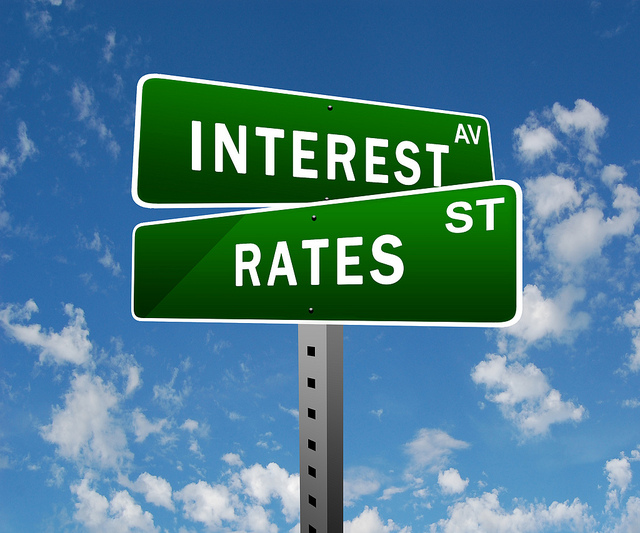
Interest Rates by 401k (2012), CC-BY-SA.
In this module we learned about the second important tool by which the government can influence the macro economy, that is, monetary policy. We explored the role of central banks. like the U.S. Federal Reserve, in conducting monetary policy, including:
- How the Fed regulates banks to protect the integrity of the payments system
- How monetary policy differs from fiscal policy
- How the equilibrium interest rate is determined in financial markets
- How the Fed uses monetary policy to manipulate interest rates and credit conditions to stimulate or contract economic activity
- How monetary policy affects GDP and the price level (using the AD-AS model)
In short, we learned how monetary policy is supposed to work, but also how the Fed has improvised in recent years to make monetary policy work when traditional methods were ineffective. In the next module, we will continue this theme by exploring real world complications that prevent fiscal and monetary policy working as easily as one might wish, and also how policy makers deal with those complications.
Candela Citations
CC licensed content, Original
- Putting It Together: Monetary Policy. Authored by: Steven Greenlaw and Lumen Learning. License: CC BY: Attribution